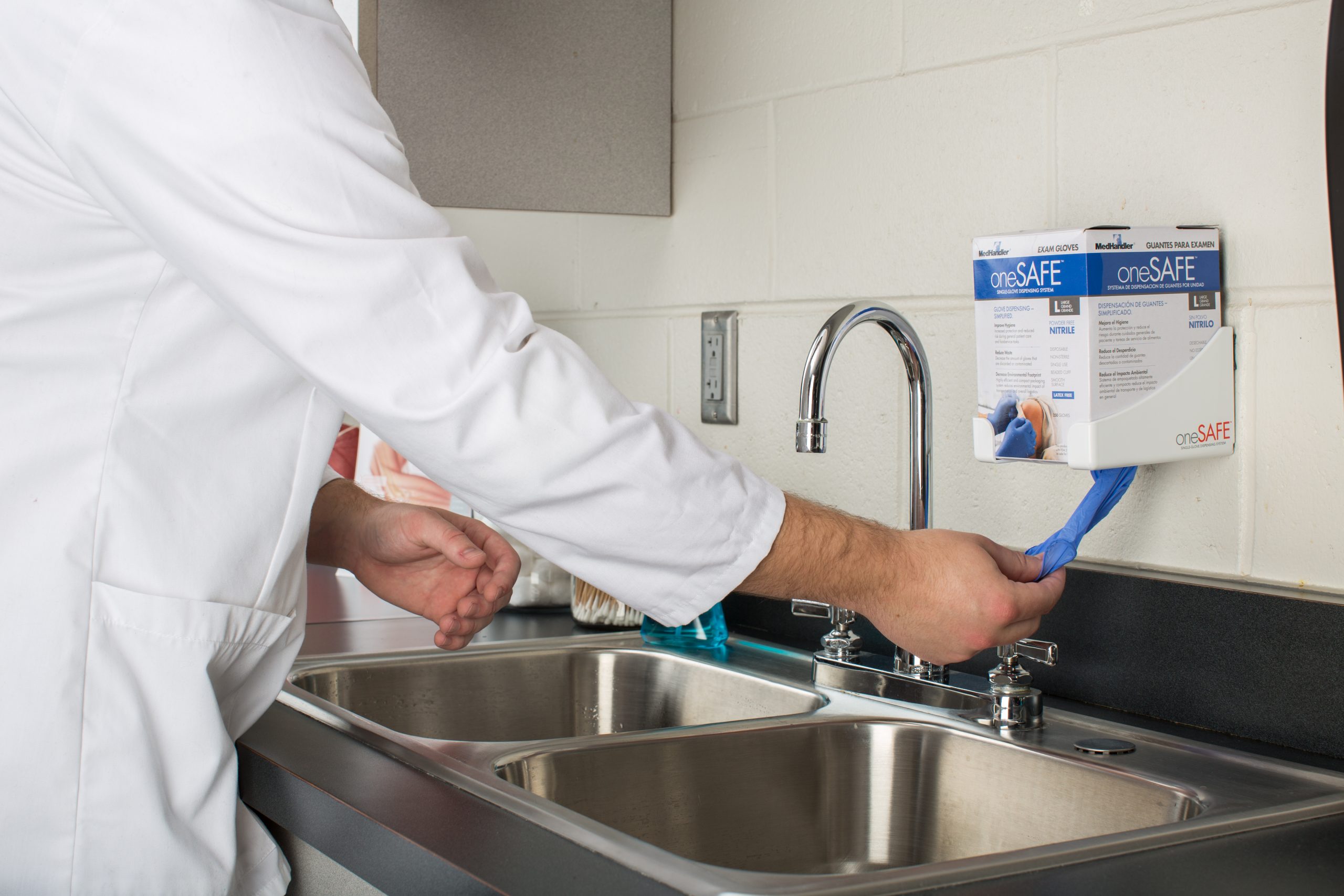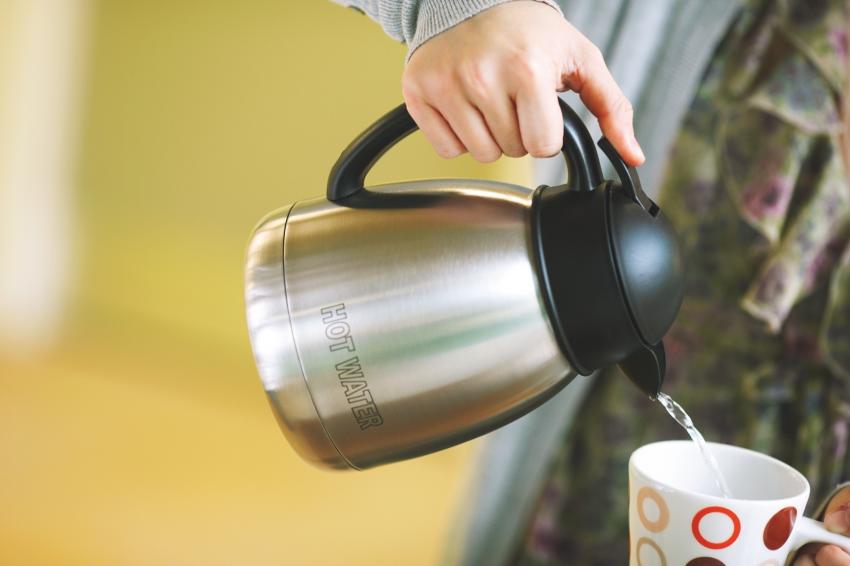Crafting Effective SOPs to Serve as your Food Safety Foundation
As I was writing my last blog, I realized I referenced standard operating procedures (SOPs), assuming that every foodservice operation has them. I know that most chain operations have them, but I suspect that several independent operations may not have a set of SOPs developed for their operations. Because of my suspicion, I made a few calls to friends I know who manage independent operations to find out if I was correct or not. While I only called a handful of operators, I discovered that about 50% of those whom I called did not have SOPs in their operation. Thus, I thought I might focus my blog this week on where to start in crafting effective SOPs for your operation.
Food safety is a top priority in any foodservice operation, and you must agree, otherwise you would not be reading this blog right now. Having clear, structured processes in place is essential for maintaining high standards. Good SOPs are one of the most effective ways to ensure food safety is consistently upheld.
SOPs are detailed, written instructions that guide employees in performing tasks correctly and safely. For foodservice operations, they help minimize risks like contamination, foodborne illness, and improper handling.
Before creating your SOPs, it’s important to understand the key food safety regulations and guidelines that apply to your operation. These regulations will vary by location but generally cover aspects like safe food handling, storage, temperature control, and hygiene. Familiarize yourself with local health codes and national standards, such as those set by the FDA Food Code or ServSafe, to ensure compliance.
Identify the critical food safety processes within your operation – and each operation will be different. Are you an assembly-serve foodservice with minimal cooking on-site or are you a fine dining operation where everything is made from scratch? Regardless of the type of production system you use, there are SOPs that you will need and determining these processes is a vital first step. These are the areas where errors or lapses in procedures can result in foodborne illnesses, contamination, or safety hazards. These high-risk areas are where SOPs will make the biggest impact.
Some critical processes to focus on:
Once you’ve identified the key processes and risks, it’s time to develop detailed SOPs that cover each of these identified areas. Each procedure should be simple, clear, and easy to follow, leaving no room for ambiguity.
…the areas where errors or lapses in procedures can result in foodborne illnesses [and] these high-risk areas are where SOPs will make the biggest impact.
Each SOP should include a detailed, step-by-step description of the task, from start to finish. Be specific about what needs to be done and who is responsible for each step. For example, if the SOP is about proper handwashing, it should detail the steps of handwashing, how long it should take, and when employees should wash their hands (for example, before handling food, after touching raw meat, when returning to the kitchen, etc.).
Within the SOP, be sure to list any tools, equipment, or supplies needed to complete each task safely. For example, if an SOP involves using a food thermometer, specify the types of thermometers to use and how to calibrate them. Many food safety procedures require ongoing monitoring (e.g., temperature checks, cleaning schedules). Clearly define how often these checks should occur and who is responsible for them.
If your head is spinning with all the work this will take, there are some tools that could help. Two of my favorites are the Iowa State University SOP documents and The Institute of Child Nutrition SOP documents. Both are available free of charge. These are great places to start, but be sure to adapt them to your operation and your local food safety regulations.
SOPs are only effective if your staff understands and follows them. Regular training is essential to ensure that employees are familiar with food safety procedures and know how to apply them in their day-to-day tasks.
It is also important to remember that once you have your SOPs established, food safety guidelines, regulations, and industry best practices can change over time. It’s important to periodically review your SOPs to ensure they remain up to date and compliant with the latest food safety standards. Risk Nothing.
READ MORE POSTS
Food Service Hand Hygiene: Basic Handwashing – Part II
Ignoring handwashing as a priority is easy until faced with a crippling lawsuit. Your risk of transmitting a foodborne disease via a food workers hands will never be zero, but the good news is training your crew about handwashing is not complicated. Molding behavior to do it at the right time, using the correct method is the tough part. The Centers for Disease Control & Prevention says the single most effective way to stop the spread of infection is through handwashing. Last month’s article was on the physical equipment to help get better handwashing compliance. The most important part is the practice of the basic handwashing steps:
The Physical Elements of Food Service Hand Hygiene – Part I
September is National Food Safety Education Month and the theme has a rhyme to it – “Keep Hands Clean with Good Hygiene”. Hand washing is one of the public’s best defenses against the spread of both common and rare, even life-threatening, diseases including those caused by food, and against gastrointestinal infections caused by such organisms as the Norovirus, which plagues the cruise ship industry and food service in general.
The Incredible, Edible Egg Safety Quiz
This nutritious, delicate food is a part of many food service menus as a main course and one of the most common ingredients. The U.S. Dept. of Agriculture says Americans consume an average of 234 eggs per person per year. Eggs have also been the source of some significant foodborne outbreaks in the U.S. from one specific type of Salmonella. While eggs are an important source of protein in the diet, an estimated 1 in 20,000 eggs in the U.S. supply will contain the SE (Salmonella Enteritidis) bacteria and can cause illness if eaten raw in foods or not thoroughly cooked before consumption.
Fetching a Pail of Good, Safe Water
In the ambitious fight for food safety, don’t overlook the safety and quality of the crystal clear liquid coming out of your faucet. The United States has controls in place to ensure we have potable (safe) water that is treated and filtered to make it taste better and have no odor. Water standards and treatment are also important in food service so we don’t need a repairman twice a year to chip away the block of lime on the dishwashers heating element with a hammer and chisel in order to replace it.










